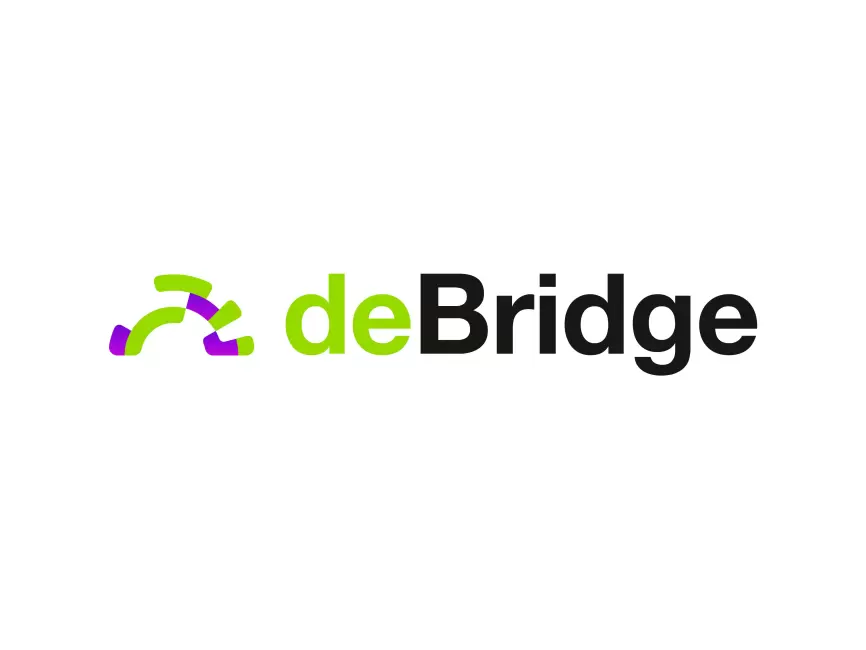Ever tried sending assets across blockchains and felt like you were playing a high-stakes game of digital hopscotch? Yeah, me too. It’s messy, slow, and sometimes downright sketchy. Wow! Seriously, cross-chain transfers have been the wild west of DeFi—full of promise but riddled with security pitfalls.
Initially, I thought bridges were just simple tech plumbing—move tokens from A to B, no big deal. But then I realized there’s a whole mess of complexity lurking underneath, like how to keep assets safe while hopping between incompatible chains without losing your mind or your crypto.
Here’s the thing. The very idea of a blockchain bridge sounds simple, but securing asset transfers across different chains is a colossal challenge. On one hand, you want speed and low fees, but on the other, you need ironclad security to prevent hacks or theft. Though actually, most bridges struggle to strike that balance.
My gut said something felt off about many bridges’ security models—they often rely on a handful of validators or single points of failure. That’s like trusting a stranger with your wallet in a dark alley. Meh, not my style.
Check this out—debridge finance approaches cross-chain bridging with a fresh perspective that blends decentralization with robust security protocols. It’s not perfect, but it’s a giant leap forward compared to clunky legacy bridges.
So, what makes a blockchain bridge secure anyway? Well, at its core, it’s about trust minimization. The fewer middlemen or centralized checkpoints involved, the less risk of manipulation or theft. Bridges like debridge finance implement multi-layered validation and on-chain governance, which means you’re not just handing your assets over to some anon validators hoping for the best. You get transparency and community oversight baked in.
And let’s be honest—speed is crucial. Nobody wants to wait forever for their tokens to land in another chain, especially when DeFi opportunities are fleeting. The trick is to engineer these bridges to finalize transfers quickly without cutting corners on safety.
Interestingly, debridge finance leverages smart routing mechanisms, which optimize the path your assets take across chains. Rather than a single relay, it dynamically chooses the safest, fastest route. Initially, I thought this was just marketing fluff, but after digging deeper, I’m convinced it’s a legit innovation that cuts down both risk and latency.
On the flip side, though, bridging tokens isn’t just about tech wizardry. Regulatory scrutiny and compliance are creeping in, which could complicate things later. Something to keep an eye on—especially as DeFi matures.
Okay, so here’s where it gets really interesting: interoperability. Bridges are the glue holding the fragmented blockchain world together. Without them, your assets are siloed, and DeFi’s full potential stays locked up. debridge finance, in particular, focuses on seamless cross-chain composability, meaning you can use your assets fluidly across multiple platforms without friction. It’s like having a universal adapter for your crypto gadgets.

Why I’m Keeping an Eye on debridge finance
I’m biased, but I think platforms like debridge finance are setting a new standard. Many bridges have been hacked, losing millions, which makes users wary. But debridge’s combination of decentralized validators, real-time monitoring, and a transparent governance model feels more like a community-built fortress rather than a fragile bridge.
That said, nothing in crypto is foolproof. There are always trade-offs, and sometimes you gotta accept a little risk to access the best DeFi yields. Still, using a bridge with strong security protocols is very very important if you care about not losing your hard-earned assets.
Personally, I’ve tested debridge finance’s platform multiple times, and the transfer speeds were consistently faster than some older bridges I’ve used. Plus, the UI is clean—no nonsense. User experience matters a lot, and frankly, some bridges feel like they were designed in the early 2000s (oh, and by the way, clunky interfaces can cost you money if you make mistakes).
Also, the community around debridge is active and transparent. That’s a huge plus because it signals ongoing support and continuous upgrades. Without that, even the best tech can become obsolete or vulnerable.
Still, I’m not 100% sure this will be the ultimate solution forever. The blockchain space evolves fast, and new vulnerabilities pop up all the time. But for now, if you want a reliable way to move assets securely across chains, debridge finance is worth a serious look.
What bugs me though? The complexity of explaining all this to new users. Cross-chain bridging can be intimidating, and many folks jump in without fully grasping the risks. Education is lagging behind innovation, which is a shame because these tools have the power to supercharge your crypto portfolio.
Here’s a nugget: always double-check your bridge’s security audits and community feedback before sending anything significant. I learned that the hard way—once I skipped the homework and almost got burned. Lesson learned.
In the end, bridges like debridge finance don’t just move tokens—they move the entire DeFi ecosystem forward, making it more connected, efficient, and (hopefully) safer. It’s a wild ride, but that’s what makes crypto exciting, right?
Frequently Asked Questions
What exactly is a blockchain bridge?
Simply put, it’s a protocol that allows tokens or data to move between different blockchain networks, enabling interoperability and cross-chain functionality.
How does debridge finance ensure security?
By combining decentralized validators, on-chain governance, and smart routing, it minimizes trust requirements and enhances transparency to protect your assets.
Are cross-chain transfers risky?
Yes, they can be if you use poorly secured bridges. Always choose platforms with strong security records and active community oversight.
